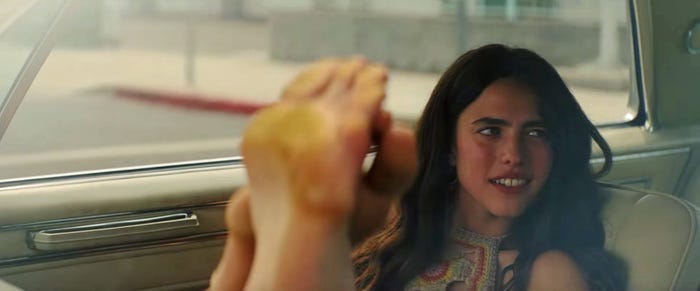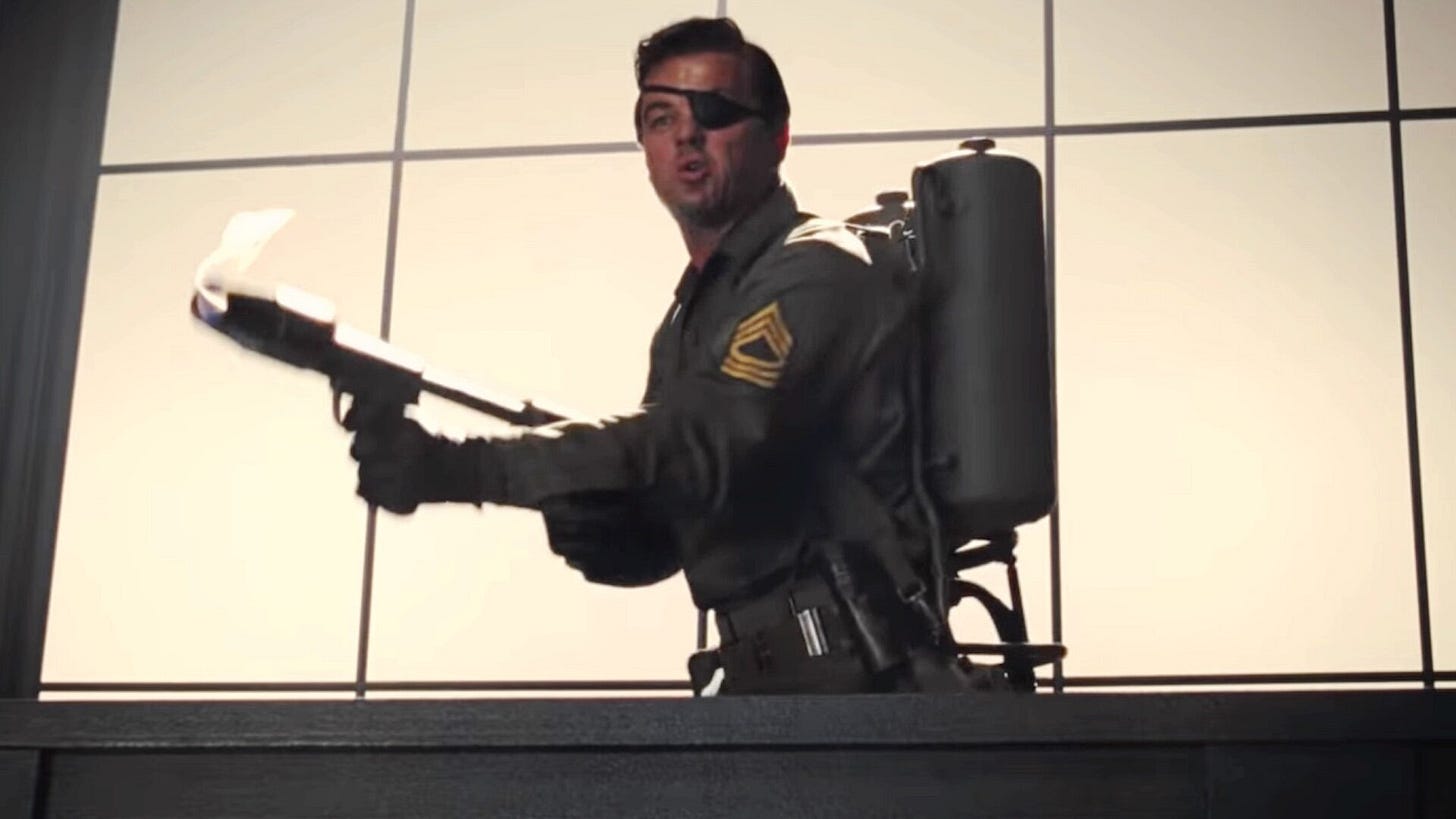Duality and the Doppelgänger in Once Upon a Time in Hollywood
To my English speaking readers: since my native language is Spanish, I apologise in advanced for any mistakes that you can find in the English version of this post. Thanks for your support! 😊
In my Guide to Understand German Expressionism I said, among other things, that it’s importance lays in the influence it’s had along the history of cinema and that still has.
I also talked about how duality became the most important topic in those movies, because of the symbolic aspect of it at the time, and about the emergence of the Doppelgänger as a recurring figure (that evil look-alike that we see, for the first time in The Student of Prague by Paul Wegener). The same that happened with the aesthetics of this movement, the topics that appeared on German Expressionism lingered until the present time.
And that’s what I bring you today, an example of a recent movie in which the topics of duality and the Doppelgänger are present in a subtle but noticeable way. I’m talking about Once Upon a Time in Hollywood, by Quentin Tarantino.
The movie is set in Hollywood in the late 60s, and follows the stories of Rick Dalton (Leonardo Di Caprio) and Cliff Booth (Brad Pitt). The first one is a successful movie star who struggles with the changes that the industry is going trough, the second one has been his stunt double and friend for years. At that time, the house next door to Rick’s welcomes some new and temporary neighbours, Roman Polanski and a heavily pregnant Sharon Tate (Margot Robbie), in the weeks before the tragedy (that happened in real life) regarding Charles Manson’s followers.
From the synopsis we have a peek into that duality I was talking about. The plot is fiction but partially based on true events. Although in the end, the truth will become fiction as well with an unexpected ending.
The movie seem to be a mirror game. On one side, we find this city of Los Angeles in which people succeed (Rick Dalton, Sharon Tate), on the other hand we have an uglier version of LA in which young people come to the city, try to follow their dreams, fail, and end up joining a cult like Manson’s.
We even see matching frames of Sharon Tate and Pussycat (one of the girls in Manson’s “family”), both barefoot in very different settings, facing very different realities, as the two sides of a coin, revealing the two possible fates that a young girl looking for success could face in LA at the time.
The same with Rick Dalton and Cliff Booth. One being the movie star loved by all, the other being the stunt double suspected of murdering his wife. Cliff Booth is literally Rick Dalton’s evil look-alike, his Doppelgänger, although in a less obvious way than we’re used to find this figure.
Last but not least, the houses. The house that’s temporarily inhabited by Sharon Tate is literally the twin of Dalton’s house. Together and opposed. In one of them, the young emerging star, literally full of life; in the other one the star that’s facing the end of his stardom. And most important, we know that one of them will be the scene of a terrible tragedy (where Manson’s followers will murder Tate), which make us believe through the whole movie that her house is the evil twin of Dalton’s.
And yet, in the end, Tarantino surprises us with fiction, giving us an ending that differs to the reality we know. There’s no tragedy here and the violence takes place in the house we assumed safe (with a memorable scene of Leonardo Di Caprio with a flame thrower), the house of the struggling star which was all along the dark twin of the other, and not the other way round as we expected.
Tarantino turns around that dark, hopeless, ending that we use to see in those expressionist movies that talked about duality. This time, he confronts those two sides of the coin and decides to use fiction to change that reality we all knew about in order to give us what only Hollywood can: a happy ending. Tarantino faces and beats the Doppelgänger. And we all cheer at the end.










